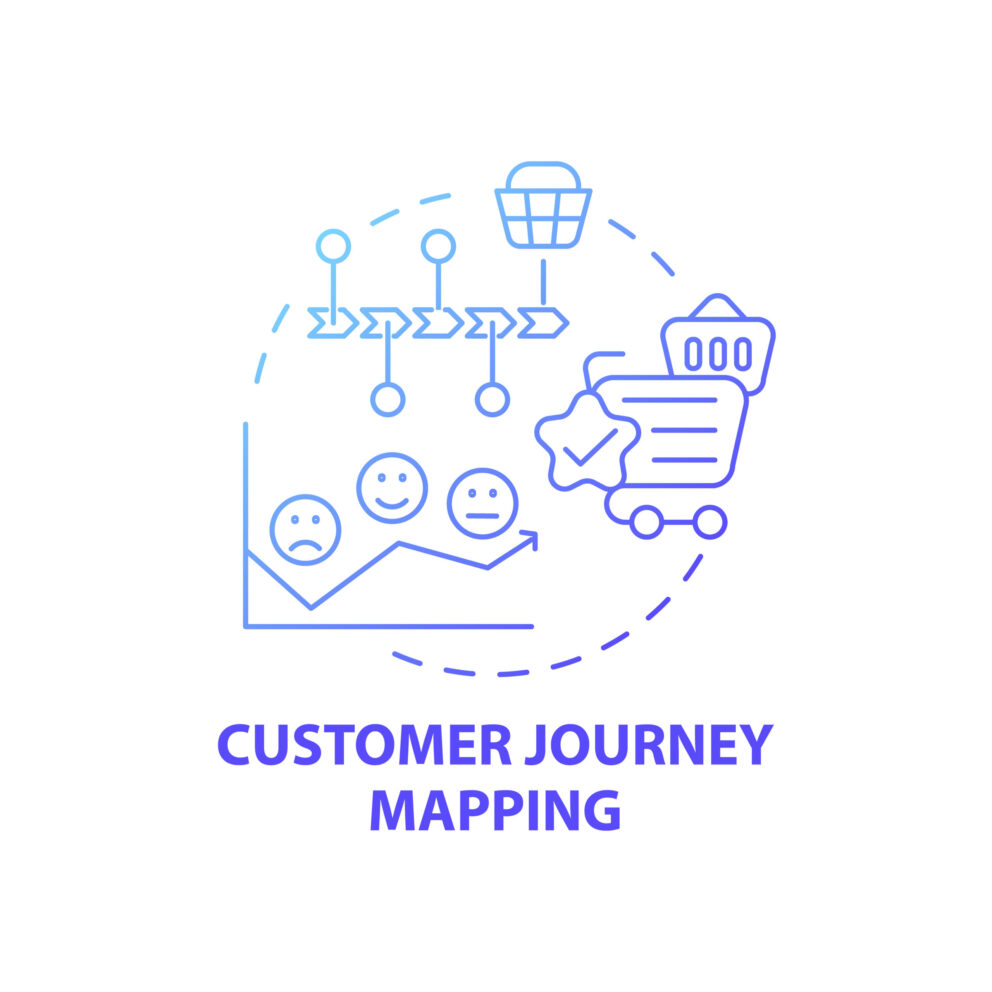9 Questions for B2B Buyer Persona Success

Summary
By asking the right questions you get a framework for researching and building a buyer dossier that fits within the larger story of your ICP and buyer’s journey. But what are the questions to ask? If you have ever taken a class on acting, story writing or played D&D you know understanding your characters takes time and empathetic thought—putting yourself into the shoes of the character within the setting. While building personas isn’t creating or acting a fictional character in a play or in a story, it does take a similar kind of thinking and skill set to do it well as it is a composite sketch of the individuals on your target buying committee.
By Win Salyards, Senior Marketing Consultant at Heinz Marketing
So you have an understanding of your buying committee and how to market to them, now it’s time to build out your buyer personas.
Creating an accurate and actionable B2B buyer persona means asking the right questions about your targets, the outcome of an effective buyer persona isn’t a grouping of stereotypes or uninformed assumptions. That won’t get you anywhere. By asking the right questions you get a framework for researching and building a buyer dossier that fits within the larger story of your ICP and buyer’s journey. But what are the questions to ask?
If you have ever taken a class on acting, story writing or played D&D you know understanding your characters takes time and empathetic thought—putting yourself into the shoes of the character within the setting. While building personas isn’t creating or acting a fictional character in a play or in a story, it does take a similar kind of thinking and skill set to do it well as it is a composite sketch of the individuals on your target buying committee. When I approach building a buyer persona for a client, I like to rely on a modified set of questions actors use to understand the character’s role. They are Uta Hagen’s “Nine Questions” and they are as follows:
- Who am I? (character-search for character’s life prior to play’s/scene’s beginning)
- Where am I? (environment: location, conditions)
- What surrounds me? (persons, objects, color, and texture)
- What time is it? (hour, minute, date, year, century, era)
- What are the given circumstances? (those events, facts, and conditions occurring before or during the play/scene that affect the character and /or action)
- What is my relationship? (to all the above and to other characters-solid or shifting?)
- What do I want? (Objectives or Intention –includes the overall character objectives as well as more immediate beat-to-beat intentions).
- What is in my way? (Obstacle)
- What do I do to get what I want? (ACTION – VERBS; physical, verbal, psychological)
The Nine Questions for a B2B Buyer Persona
By making these more applicable to building B2B buyer personas we can systematically build a picture of each member of our buying committee. These are my “Nine Questions” for B2B persona creation I use when building buying committee personas:
What is their role and title?
This should should be an obvious one. What are your target titles, and what do they do?
What industry do they work within?
This will also inform your market research and the buyer’s journey.
What are their job responsibilities? what department are they in? and where do they get information from?
These are the answers you need to understand how the persona would run into or interact with your messaging and content as well as how your product or service would benefit this persona.
What does their sales cycle look like? Are there particular times of year especially important for their industry?
This question isn’t necessarily important for everyone. However, some industries run on opposite sales cycles to ‘normal’–see the education industry. You don’t want to be caught starting a large marketing campaign at a time when your target accounts are at the end of their buying cycle.
What does the market look like and have there been any big disruptions or changes? What about related world events?
Your typical market research can help inform your messaging, but you need to frame it within the context of how it affects your persona. For example, if they’re a marketing influencer, the COVID crisis has likely caused them to be managing and setting up a large amount of virtual events compared to before.
What is their relationship to the other members of the buying committee and what is their job within it? Who influences the persona?
This is where you answer where they fall in the buying process and buying committee. Are they an influencer, a decision maker? Who do they manage or report to? etc.
What do they want?
The answer to this should be along the lines of what positive outcome do they work towards in their role or what their goals are. This needs to be answered first to understand a persona’s pain points.
What are their pain points?
After answering what your persona’s goals are, you can then understand and answer what their pain points are. These should be where your product or service has the most impact.
What will they do to get what they want and how can your company help them?
The last question has to do with how your product or service helps this persona solve their pain points and reach their goals. In this section you can also draft some example value propositions.
Next Steps
Once you have answered these nine questions for your B2B buyer persona, it is time to put the finishing touches on the buyer persona. The last thing you will want to do is add humanizing elements to the profile, like a stock image representing the persona or a compiled quote the person would say. These help your team when they are creating content or when sales is running through possible practice scenarios.
One last thing to remember, throughout this process you should be backing your personas up with quantitative and qualitative research. Talk to your sales team about the people they talk to. Does your primary persona line up? When you roll out your new personas and use them for building content, benchmark and test the effectiveness then revise if necessary. A good persona doesn’t just inform your messaging or content, but can also indicate when is the best time to promote a piece of content, or when to start a new marketing campaign. As all things in marketing are, your personas should be a fluid and evolving piece of work. These questions however should give you an incredible foundation for success. Happy building.





